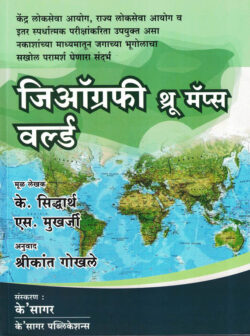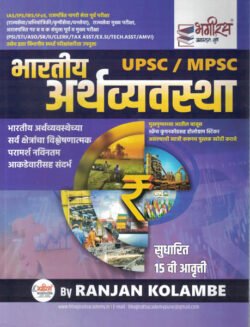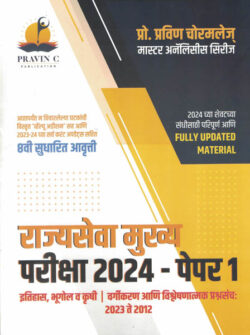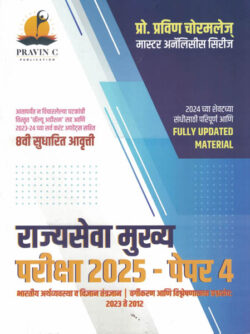Climatology Savindra Singh (Geography)
₹505.00
Author : Savindra Singh
Language : English
Publisher : Pravalika Publications
Fast Delivery
Chances are there wasn't there wasn't a process.
Best Quality
It's content strategy gone awry right from the start.
Climatology Savindra Singh (Geography)
Climatology, as an atmospheric science, is one of the major branches of physical geography Climatology and meteorology are, in fact, the most dynamic sciences of all the branches of physical geography (eg. geomorphology, climatology and meteorology, oceanography and biogeography) and even earth sciences because this science deals with such aspects related to the atmosphere which undergo frequent changes at varying temporal and spatial scales and influence human beings most. The atmosphere, the core of the science of climatology and meteorology, is a complex thick gaseous envelope which surrounds the earth from all sides and is attached to the earth’s surface by the gravitational force and it is a significant component of the biospheric ecosystem because the life on the earth is due to the existence of this atmosphere otherwise the earth would have become barren like the moon. Besides, the atmosphere also fitlters the incoming solar electromagnetic radiation waves and thus prevents the ultraviolet radiation waves from reaching the earth’s surface and also plays key role in the distribution and redistribution of solar energy both horizontally and vertically on the earth’s surface.
The primary goal of climatology is to stady the identification, demarcation, distribution and mode of origin of different types of climates, causes and processes that lead to climatic variations both spatially and temporally at local, regional and global levels, different elements of weather and climate, the varying combinations of which give birth to different climatic types, the interactions of weather and climate with human society and consequent impacts on human activities and human health covering both physiological and psychological aspects. Besides the study of description of elements of weather and climate (such as insolation-atmospheric energy balance, temperature, air pressure, atmospheric circulation, humidity and precipitation), the study of applied aspects (applied climatology) including the explanations of relationships between climate and human activities and processes and causes of such relationships at varying spatial scales, is also given equal importance. Besides, the scope of climatology also includes the investigations of palaeoclimates and their reconstruction (climochronology), causes and factors of climatic changes and consideration of effective devices of weather forecasting. The study of atmospheric extreme events and hazards such as atmospheric disturbances (tropical cyclones, hurricanes, typhoons, tornadoes etc.) and cumulative atmospheric hazards (eg floods, droughts, extreme cold and heat waves etc.) has gained currency. Presently, applied climatology, global warming and climatic changes, changes in atmospheric chemistry, weather forecasting etc, have become more foccussed contents of climatology.
The 20th century climatology was characterized by growing concern about climate changes and international cooperations to tackle the problems. Various devices and methods were developed to recon-struct the palaroclimates based on glaciation, ice cores, mud cores, isotopes, ancient sediments, records of sea level changes, fossils of past flora and fauna etc. Now, the main concern is about the nature and magnitude of present and future climatic changes due to global warming consequent upon ozone depletion and
Available at Ksagar Book Centre or on
www. ksagaronline.com or call on 9545567862 /02024453065
| Language | |
|---|---|
| Publication House |
Only logged in customers who have purchased this product may leave a review.
















Reviews
There are no reviews yet.